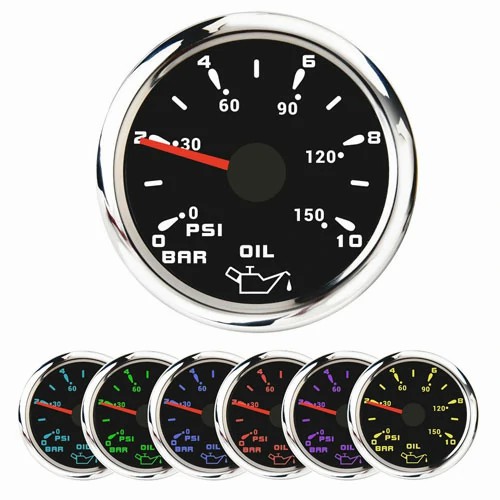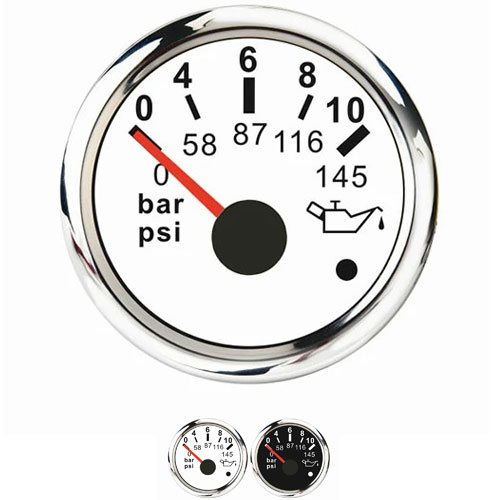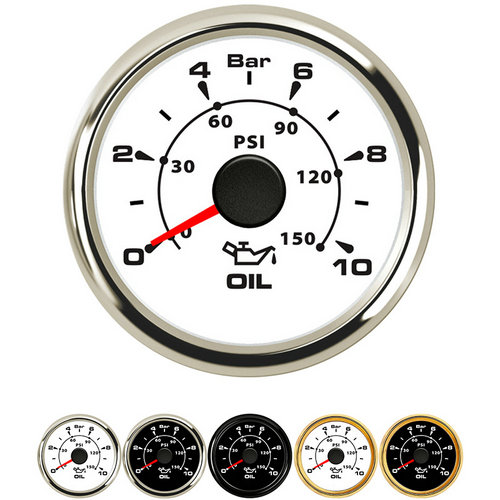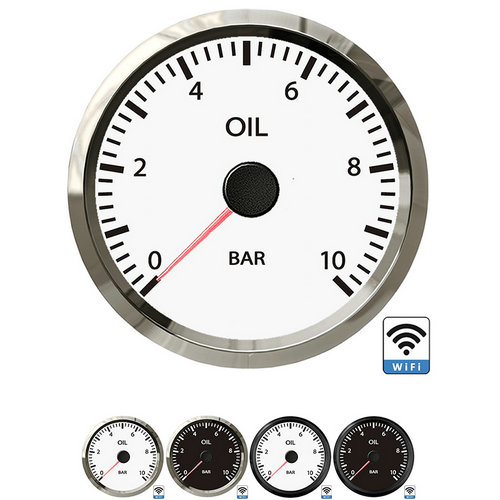autometer oil pressure gauge sending unit
The working principle of the autometer oil pressure gauge sending unit is to use the pressure sensor to convert the pressure of the measured liquid into an electrical signal, and then convert the electrical signal into a pressure value through circuit processing, and display it through a pointer or a digital display. Specifically, when the measured liquid enters the pressure sensor, the liquid pressure acts on the sensitive element of the sensor, and the sensitive element produces a small deformation, which is transmitted to the circuit of the pressure sensor, and the circuit converts the deformation into an electrical signal, which is amplified, After filtering and other processing, the electrical signal is sent to the pointer or digital display of the pressure gauge to display the pressure value of the measured liquid.
The accuracy and stability of the pressure gauge of the oil pressure device depends on the quality and performance of the pressure sensor, and the quality and performance of the pressure sensor are closely related to the material, structure, manufacturing process and other factors of its sensitive components. Therefore, when selecting a pressure gauge for an oil pressure device, the quality and performance factors of the sensor need to be considered to ensure the accuracy and reliability of the measurement results.
Turn on the power switch, the current is divided into two paths: the battery positive power switch terminal 14 indicates that the electric heating coil terminal 9 of the bimetal 11 and the contact piece 6 both flow through the electric heating coil of the sensor bimetal 4; the other path flows through the correction resistor 8. Bimetal 4) The contact spring 3 of the bimetal 4 is grounded to the negative pole of the battery to form a loop. When current flows through the electric heating coils on the bimetal 4 and 11, the bimetal is heated and deformed. Bimetallic plates are made of two metals with different coefficients of expansion. When heated, the side with the larger expansion coefficient bends toward the side with the smaller expansion coefficient. When there is current in the circuit, the coil wound on the bimetal heats up, causing the bimetal of the sensor to bend due to heat, thereby disconnecting the contacts and cutting off the circuit; the bimetal of the indicator bends due to heat, deflecting the pointer to indicate the oil pressure. When the oil pressure is very low, the diaphragm 2 hardly deforms, and the pressure on the contacts is very small.
 English
English 






Get a Quote / Info